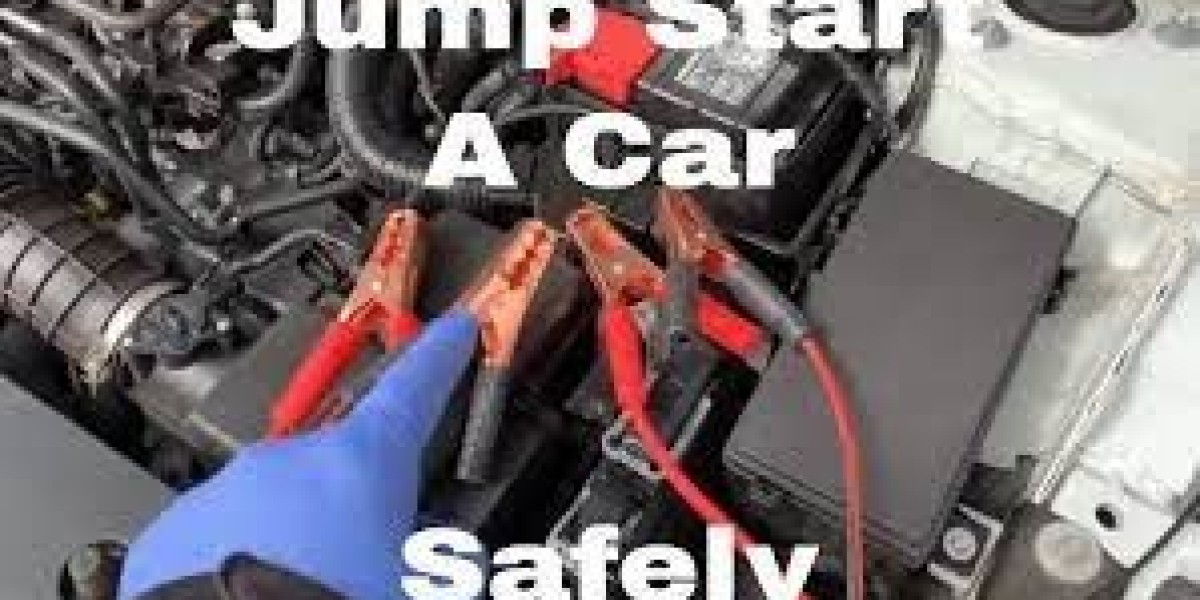Introduction
Have you ever found yourself in a situation where your car battery dies and you're left stranded? Don't worry, we've all been there! In this article, we'll cover everything you need to know about jump-starting a car. From the basics of how a car battery works to step-by-step instructions on how to safely jump-start your vehicle, we've got you covered!
Why Do Car Batteries Die?
Before we jump into the nitty-gritty of how to jump a car let's first understand why car batteries die in the first place. Car batteries can die due to a variety of reasons, including:
Leaving the lights on overnight
A faulty alternator
Extreme temperatures
Age and wear
Parasitic drains
Understanding Car Batteries
To effectively jump-start a car, it's essential to have a basic understanding of how car batteries work. Car batteries are rechargeable energy storage devices that provide the electrical power needed to start the engine and run various electrical components in your vehicle. They consist of six cells that store chemical energy and convert it into electrical energy.
Step-by-Step Guide to Jump-Starting a Car
Now that you have a good grasp of the basics, let's dive into the step-by-step process of jump-starting a car:
Gather the Necessary Tools
Before you begin, make sure you have the following tools on hand:
Jumper cables
A functioning vehicle with a charged battery
Safety gloves and goggles
Position the Vehicles
Park the functioning vehicle and the dead vehicle close enough that the jumper cables can reach both batteries. Make sure both vehicles are turned off and in park or neutral.
Connect the Jumper Cables
Open the hoods of both vehicles and locate the batteries.
Identify the positive (+) and negative (-) terminals on each battery.
Connect one end of the red jumper cable to the positive terminal of the dead battery.
Connect the other end of the red jumper cable to the positive terminal of the functioning battery.
Connect one end of the black jumper cable to the negative terminal of the functioning battery.
Connect the other end of the black jumper cable to a metal part of the dead vehicle, away from the battery.
Start the Functioning Vehicle
Start the functioning vehicle and let it run for a few minutes to charge the dead battery.
Start the Dead Vehicle
Attempt to start the dead vehicle. If it doesn't start, check the connections and try again. Once the dead vehicle starts, let it run for at least 10 minutes to ensure the battery gets charged.
Disconnect the Jumper Cables
To safely disconnect the jumper cables, follow these steps:
Turn off both vehicles.
Remove the black jumper cable from the metal part of the dead vehicle.
Remove the black jumper cable from the negative terminal of the functioning battery.
Remove the red jumper cable from the positive terminal of the functioning battery.
Remove the red jumper cable from the positive terminal of the dead battery.
Conclusion
Jump-starting a car can be a lifesaver when you find yourself with a dead battery. By following the step-by-step guide outlined in this article, you'll be able to safely jump-start your vehicle and get back on the road in no time. Remember to always prioritize safety and consult your vehicle's manual for specific instructions. Happy jump-starting!








